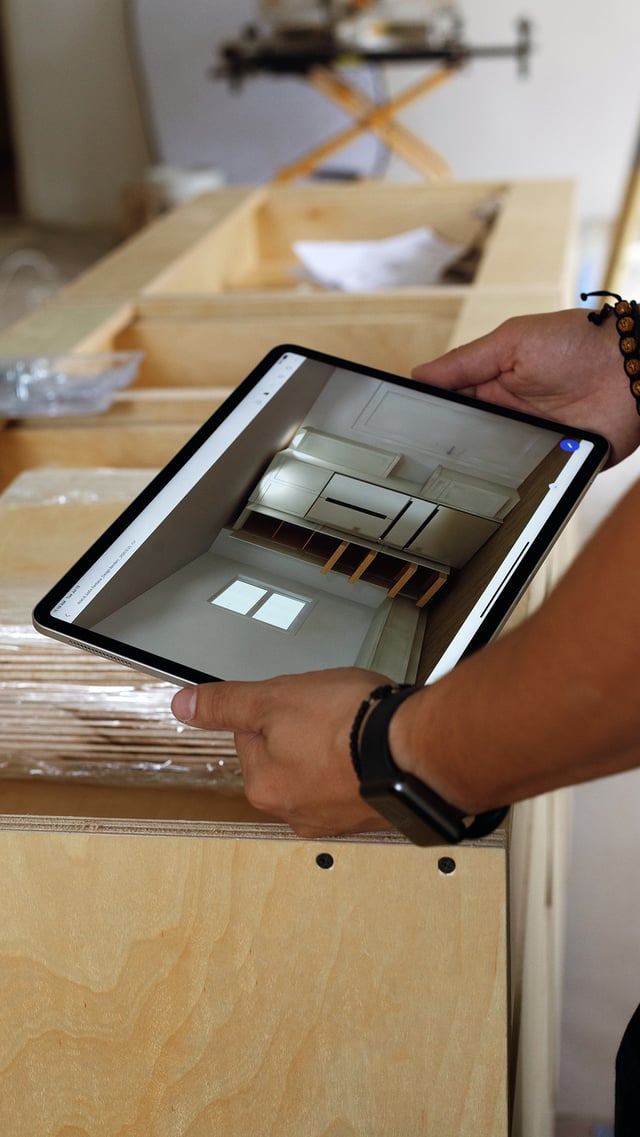
Design
5 Real-Life Kitchen Remodels That Will Inspire You (Before and Afters)
05.05.2025
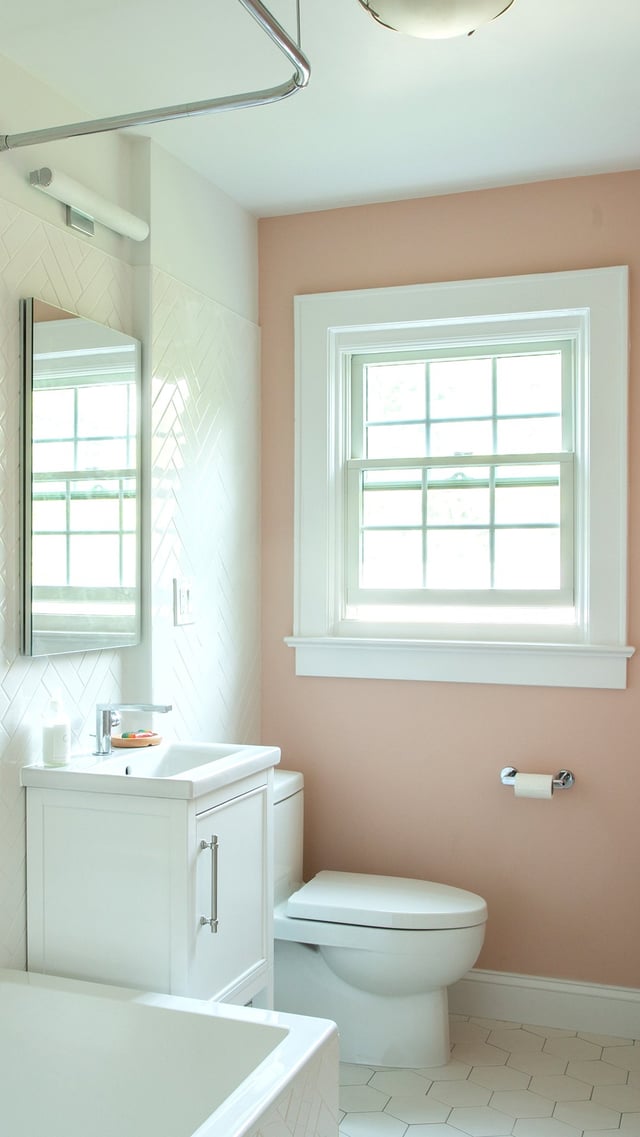
In This Article
Considering the seemingly endless options available, picking the right paint color for any room can be time-consuming. Selecting a bathroom paint color can be even more challenging because they come with their own set of considerations.
Bathrooms can have limited natural light, for instance, and they tend to be on the smaller side. But don’t let those issues keep you from taking risks with your paint color.
If you’re not happy with the result, the solution is as simple as another coat of paint in a different shade. “Paint colors are easy to change,” notes Cathy Nyarkoh, lead designer for Block Renovation. “It takes just a few hours to repaint a small bathroom,”
So which colors are popular and what considerations should you keep in mind? Here are a few popular options to get you started:
White is a very popular bathroom paint color, due in part to the wide range of shades available—from very cool hues to warm tones. An all-white bathroom gives you a clean, uncluttered, and updated look.
If you’re going for an all-white space, select a white bathroom paint that matches the tiles you’ve chosen. If you’re worried about the walls showing dirt, purchase a paint finish that you can wipe down as needed.
Nyarkoh has three go-to white paints she suggests to clients. All are from Benjamin Moore: “Decorator’s White is a simple white color for a contemporary look when you don’t want to draw attention to the paint,” she says. Chantilly Lace is a cooler shade, while White Dove is on the warmer side.
Using a dark shade like navy above simple subway wall tiles creates a sophisticated contrast that makes the white look sharp and crisp. Dark colors can suck up a lot of light, however, so you may need to consider adding more lighting to the room, such as an overhead light fixture or sconces flanking the vanity mirror. Darker tones can also feel cozier which is why many designers prefer them in small windowless spaces.
Gray is an excellent choice for a contemporary bathroom and it pairs well with many natural stone tiles. Like white, gray is available in a range of warm and cool tones to complement other design elements like faucets and shower heads.
The depth of color ranges from almost-white to bold neutrals like charcoal.
Nyarkoh has two favorite gray paint colors she recommends from the Benjamin Moore line: Gray Shoreline, which is a very light gray, and Silver Chain, which is slightly darker.
Like its tile , terracotta paint can add warmth to your bathroom. Be sure to look at the paint sample on the wall where you want to apply the paint—you may find it appears pinker than you’d like, so it’s best to have a few samples to choose from.
If you select a dark terracotta, adding reflective surfaces and add light fixtures to your bathroom can make it feel like a jewel box.
A lighter option to terra cotta is a blush hue, Nyarkoh says, and it doesn’t have to read as pink and feminine either. It all depends on what shade you choose and what other finishes you mix it with.
Periwinkle is a pale blue with a grayish tint, making it a pale neutral that’s a great alternative to pure gray. According to a study by Zillow, homes with periwinkle paint in the bathroom sell for nearly $3,000 more than similar homes with other colors of bathroom paint so it’s a great option if you want a remodel with a high ROI.
Of course, you don’t have to choose the same bathroom paint colors as everyone else.
“Feel free to experiment with colors. There is no right or wrong color,” Nyarkoh says. “Have some fun with it.”
If you’re not ready to commit to color on all the walls, try painting a smaller area, like the vanity, trim, ceiling, or door to add just a touch of color that won’t feel overwhelming. And if paint is too much of a commitment altogether, start really small. Towels can add a splash of color to a bathroom in a way that allows you to swap the color in no time.
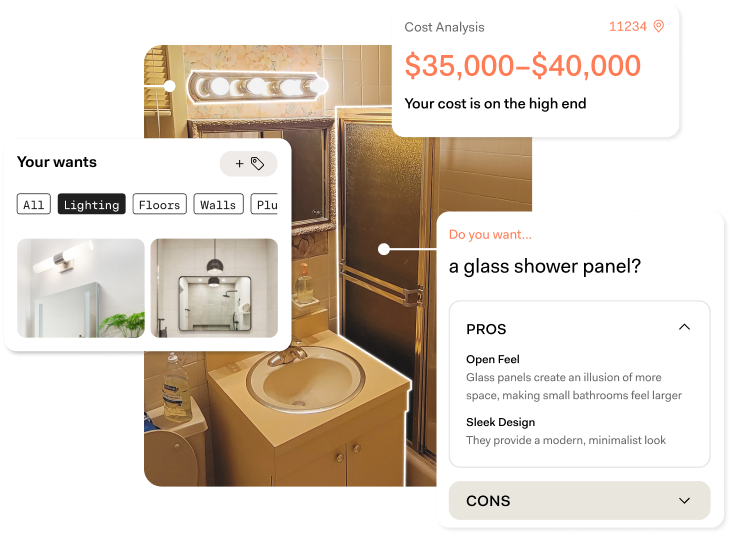
Calculate the true cost of your bathroom remodel
Get real-time cost estimates for materials and labor, so you can budget your renovation with confidence—no guesswork.

Design
5 Real-Life Kitchen Remodels That Will Inspire You (Before and Afters)
05.05.2025
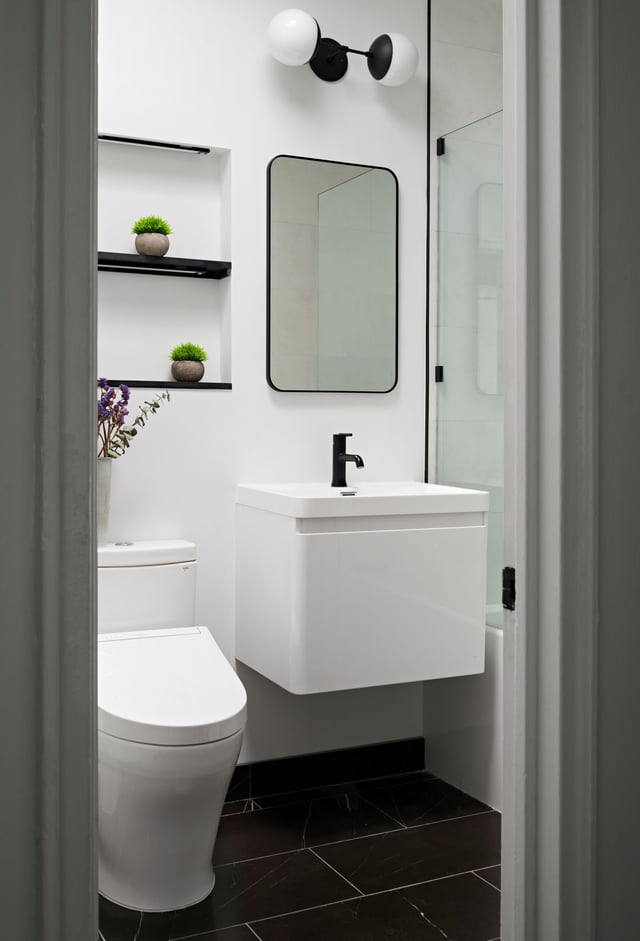
Design
How to Remodel a Small Bathroom in 2025
05.01.2025
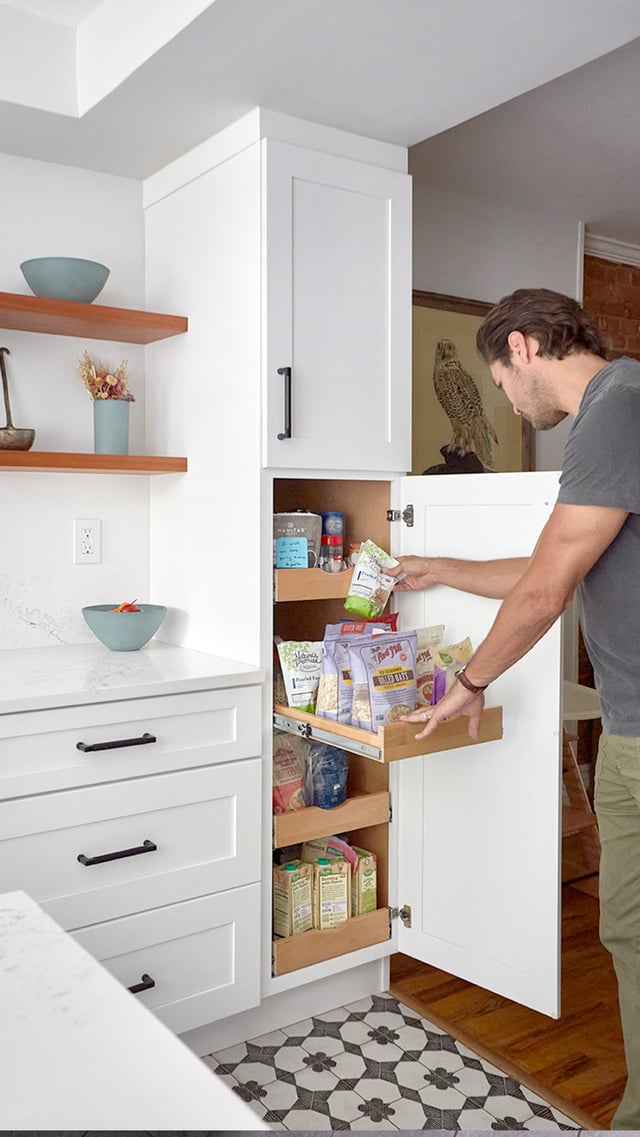
Design
How to Use Pantry Wall Cabinets for an Organized Kitchen
04.28.2025
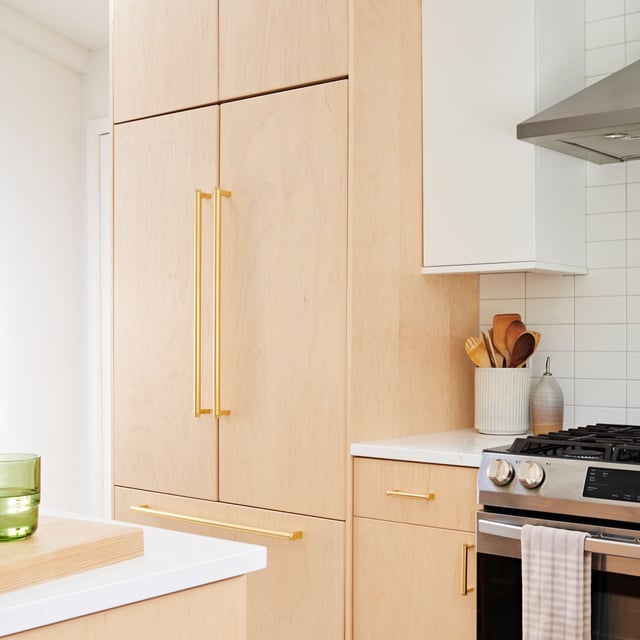
Design
What Size Refrigerator Should You Get During Your Kitchen Remodel?
04.25.2025
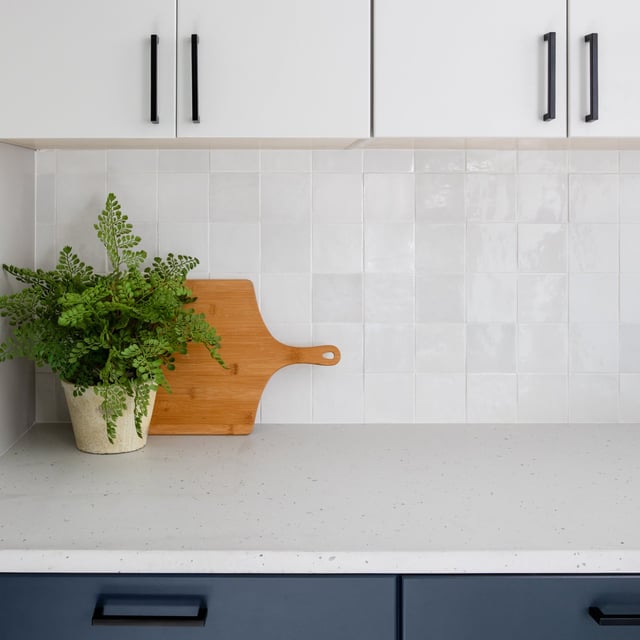
Design
The Ultimate Guide to Kitchen Tiles with Tile Options
04.01.2025
Renovate confidently